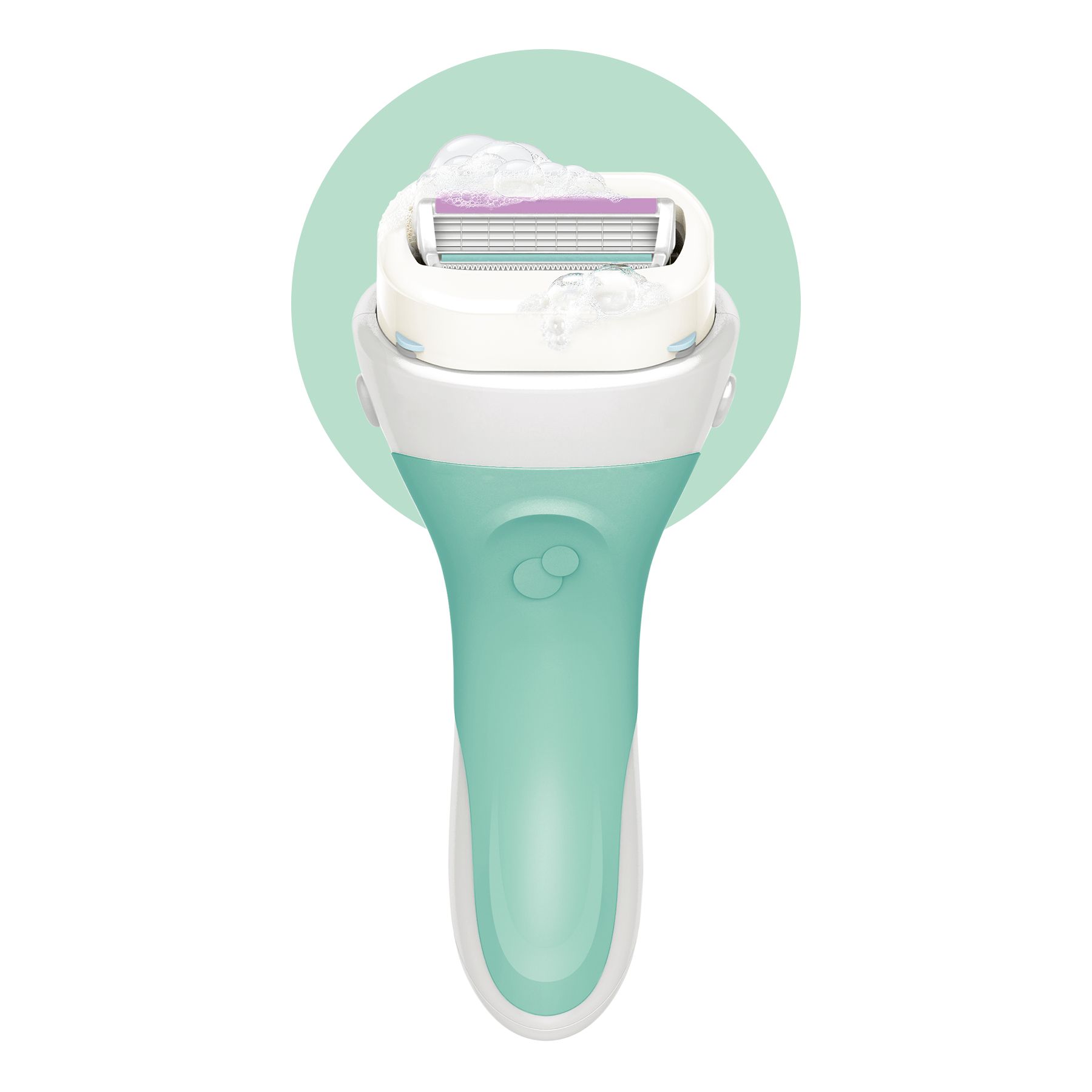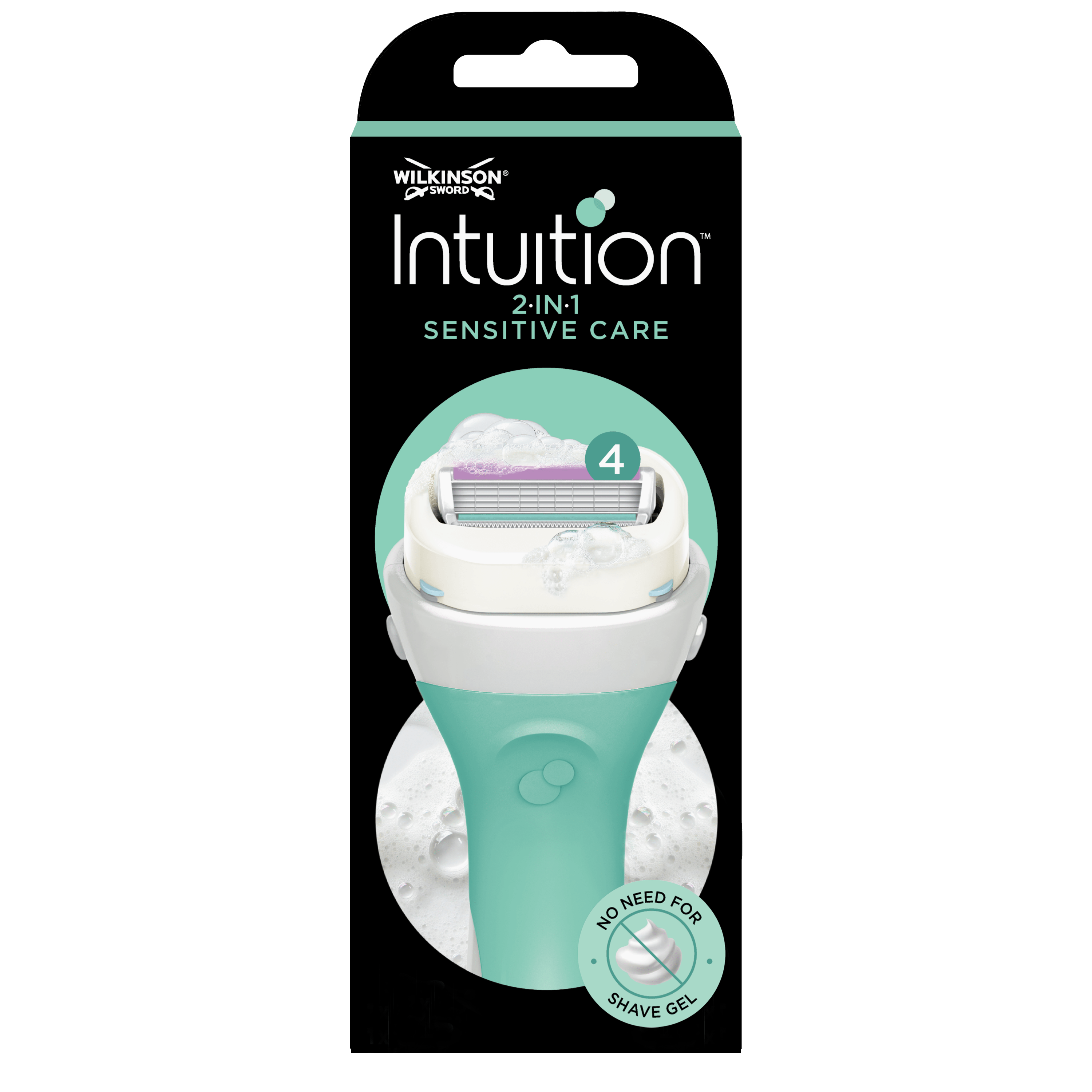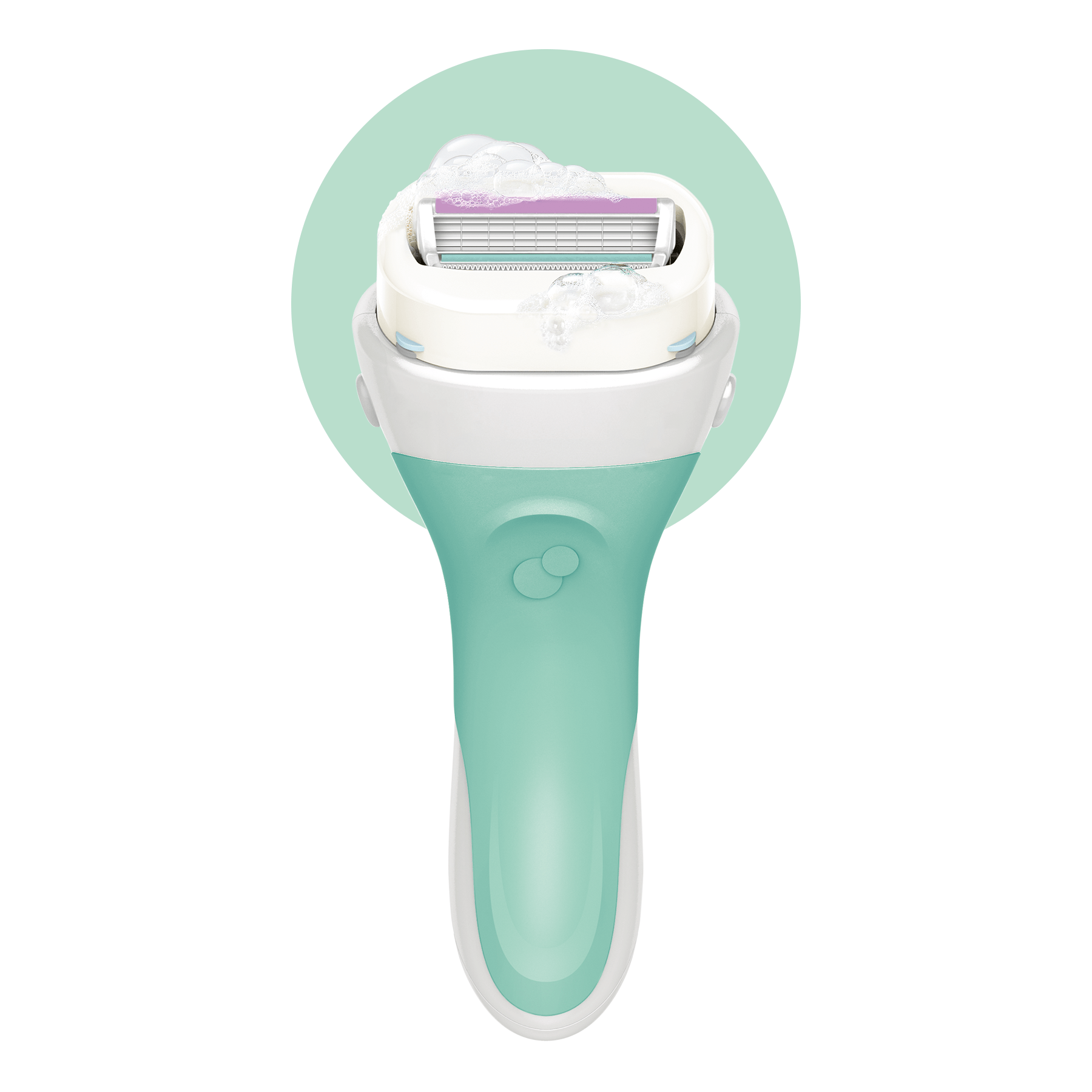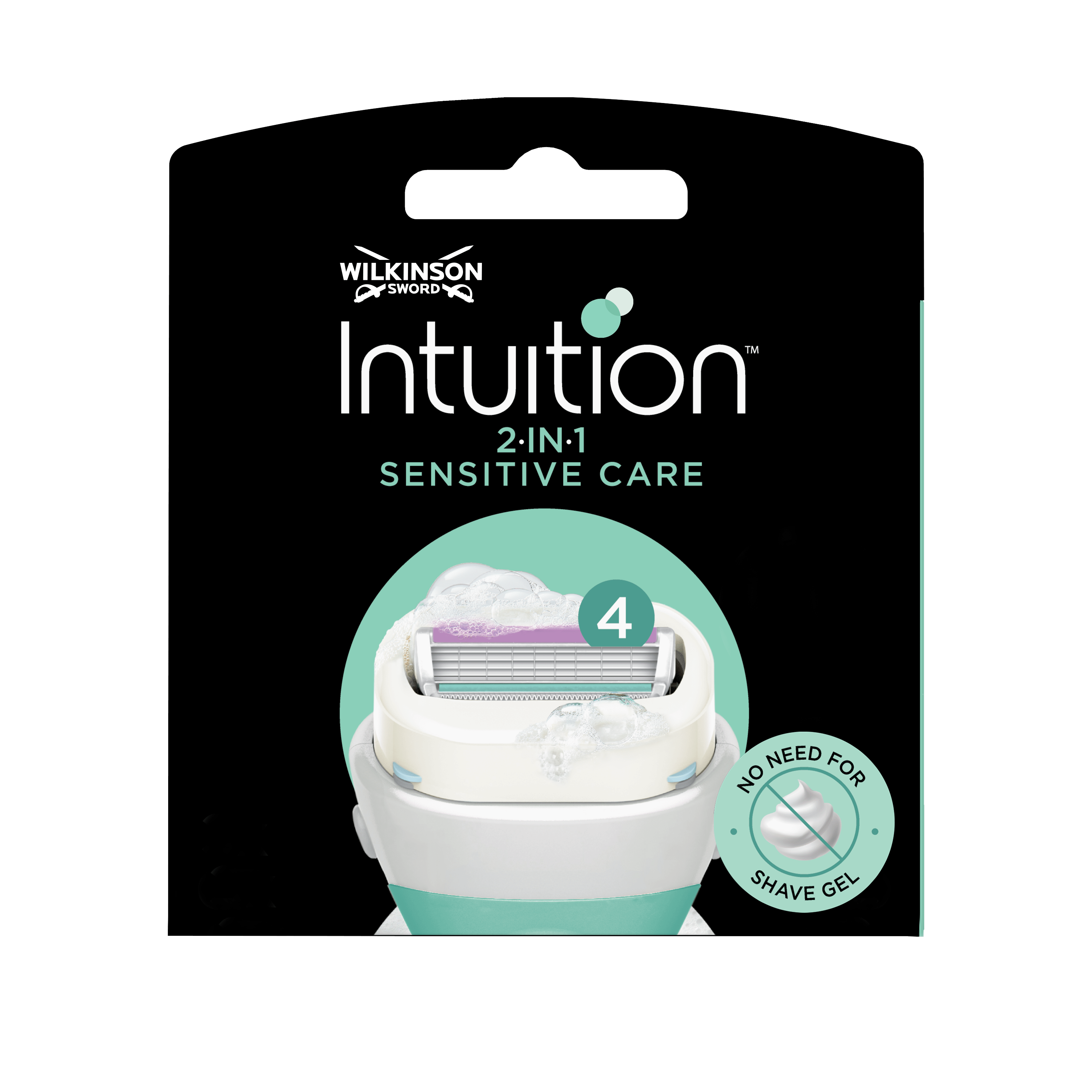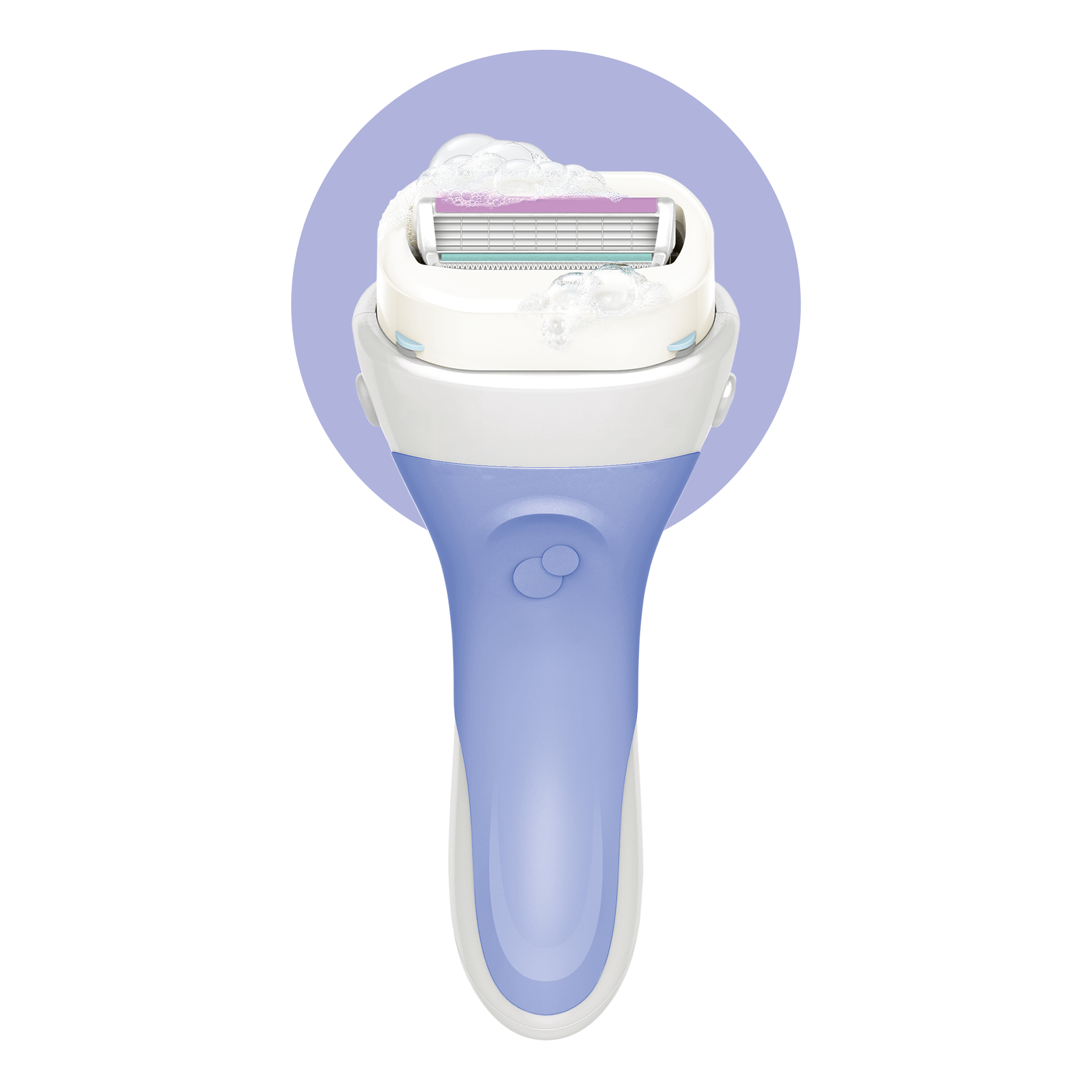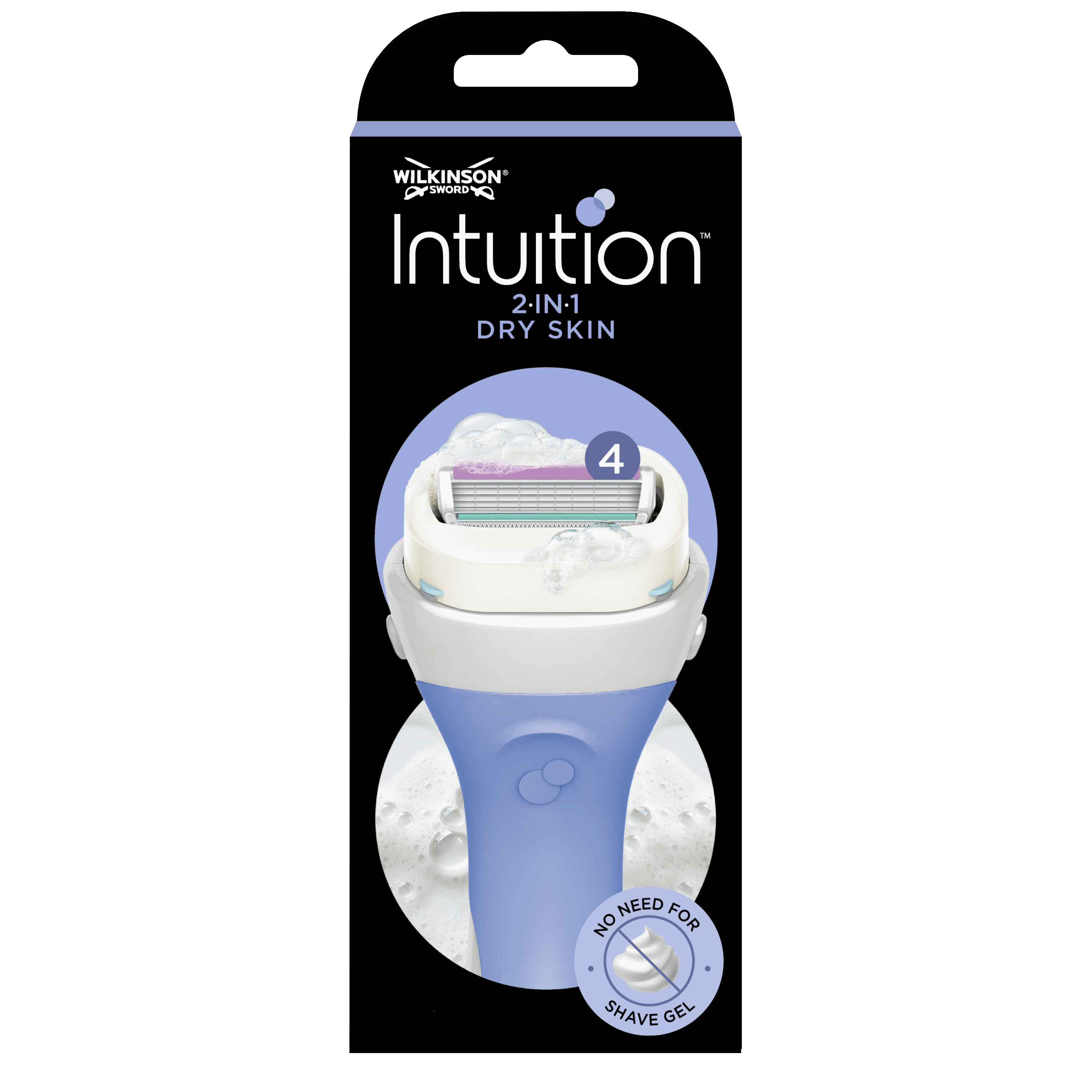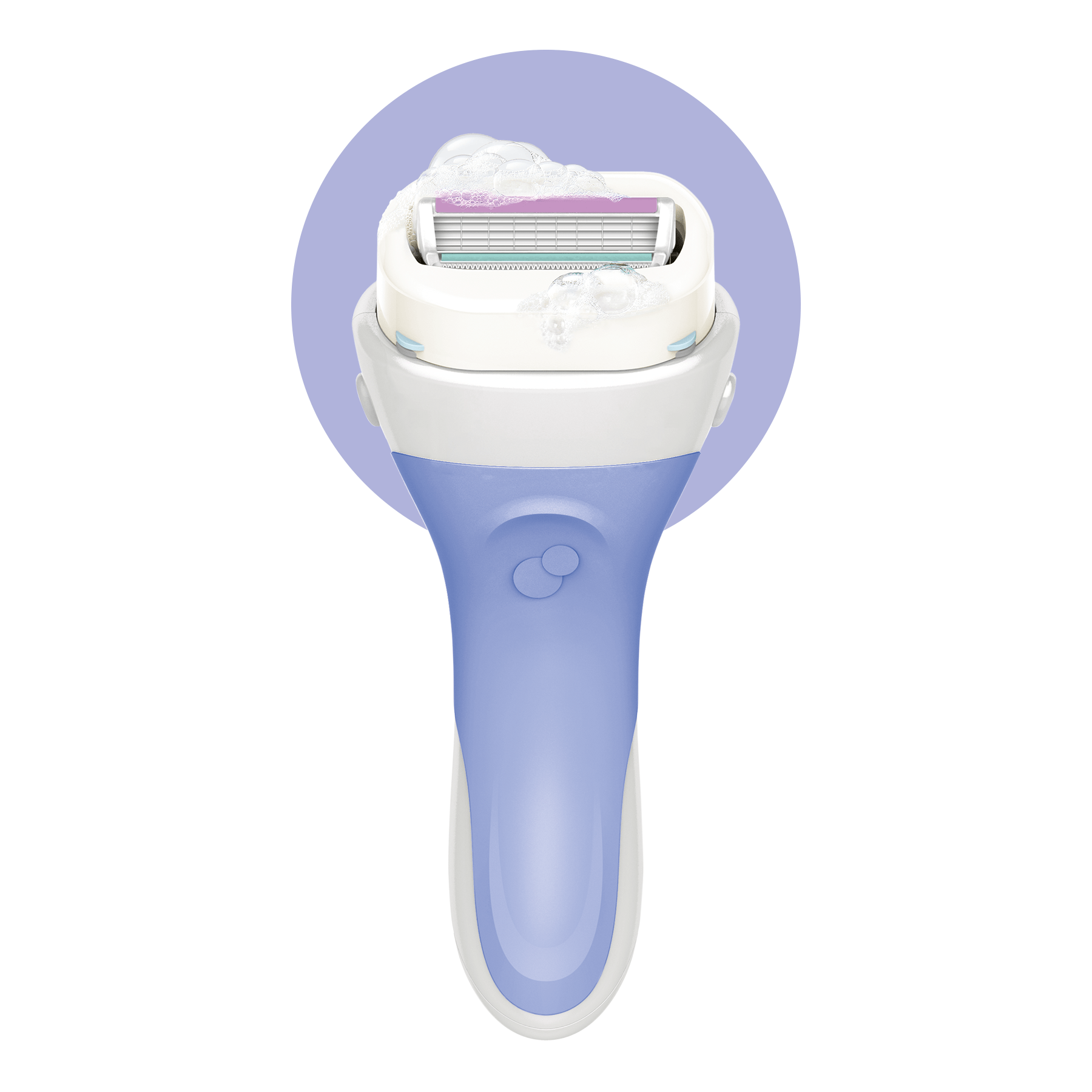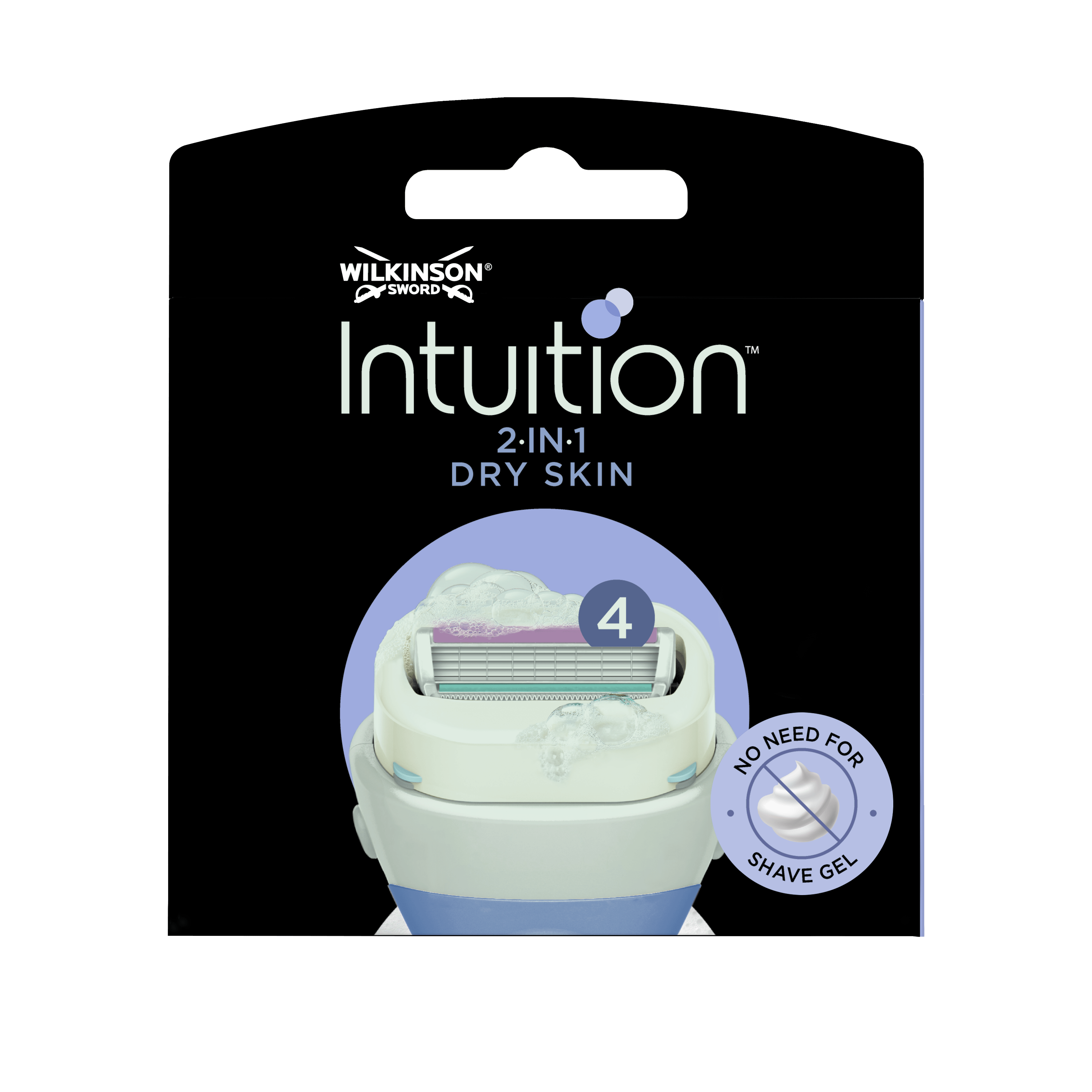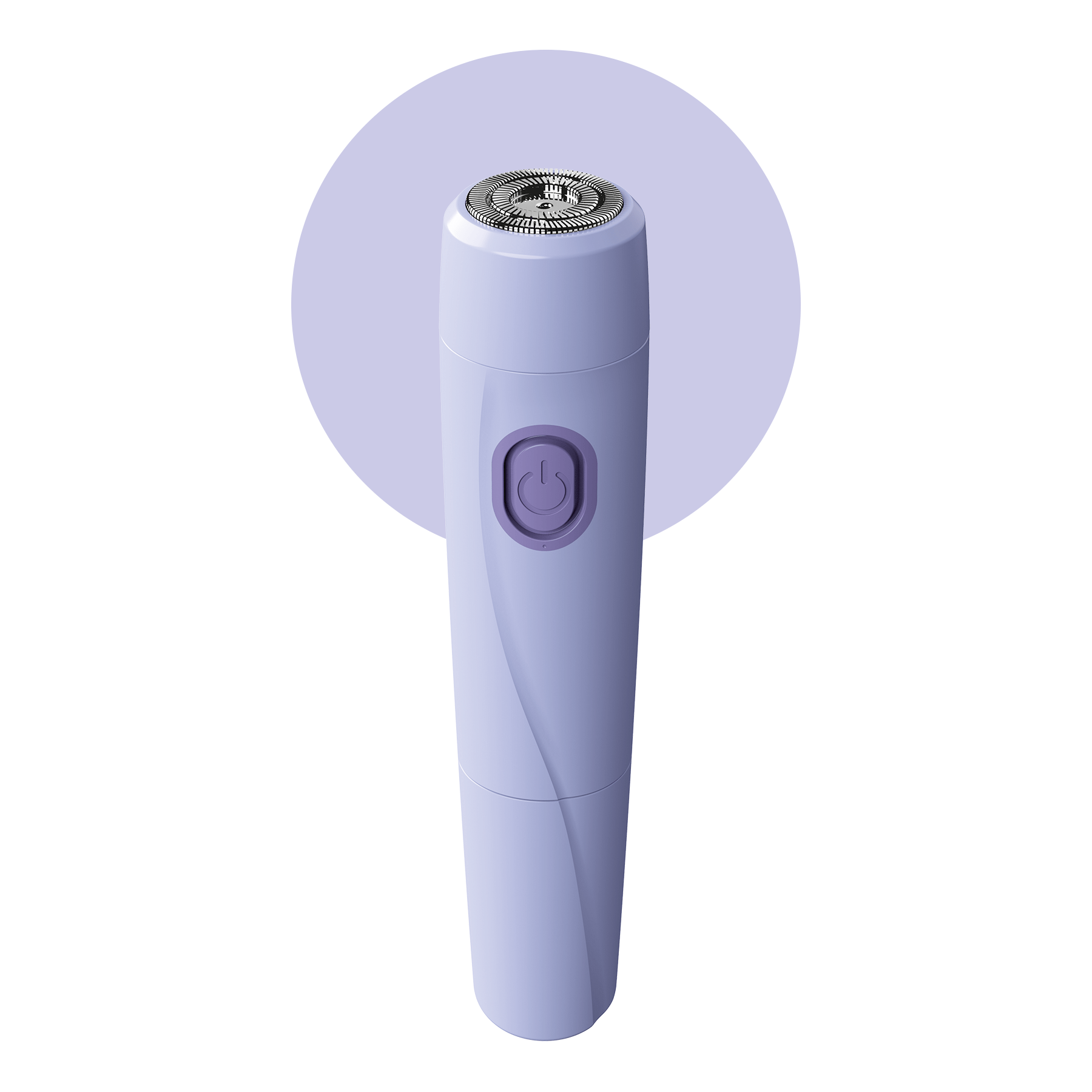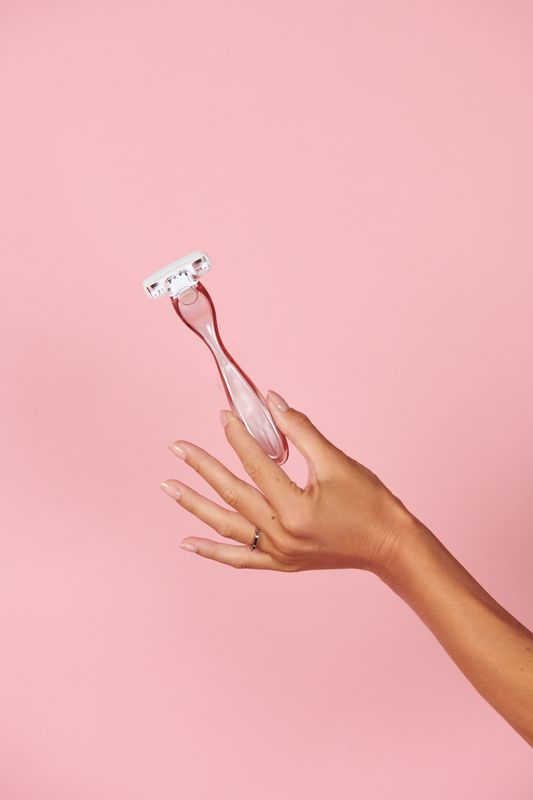
How to get rid of razor bumps on legs
Freshly-shaved legs should be soft, smooth and silky, but sometimes things don’t go quite to plan. No matter how skilled you might feel with a razor in hand, those pesky razor bumps can still sneak up on you when you least expect it.
But there’s no need to worry. Here at Wilkinson Sword, we’ve put together a handy guide on how to get rid of razor bumps…and how to stop them from returning.
What is the difference between razor bumps and razor burn?
Razor bumps can often get confused with razor burn which is actually something entirely different. A razor burn is experienced immediately after shaving, usually characterised by tight, red, itchy and sore skin.
On the other hand, razor bumps occur when the shaved hair grows back but curls itself under the skin, creating an ingrown hair. If you’ve got any burns or bumps on your legs, it might be time to review your leg-shaving technique.
What causes razor bumps?
Razor bumps can be caused by the way you shave, the razor you use, your skin type and your hair type. If you’re using a dull razor, shaving in a rush or not hydrating your skin beforehand, there’s a good chance that a few unruly hairs will decide to poke themselves under your skin. Unfortunately, if you have naturally curly or coarse hair, you're more likely to experience those annoying bumps.
How to get rid of razor bumps
Usually, razor bumps will go away on their own, but there are a few ways to quicken up the process.
Don’t shave over the affected area
No matter how tempting it might be, don’t shave the area where the razor bumps are. Attempting to take out your razor once again will only further irritate your skin. Instead, allow the area to fully heal before your next shave (with more success this time).
Exfoliate the skin
Since razor bumps are caused by ingrown hairs, exfoliating is a great way to remove any dry, dead skin cells that could be pushing the hair further into your skin. You might even be lucky enough to release the ingrown hair after a little bit of gentle exfoliation.
Moisturise, moisturise, moisturise
As soon as you spot any bumps arise, apply some moisturising cream. Not only will this reduce any inflammation or discomfort, it’ll also help to replenish dry skin. Friction against the affected area is more likely to occur if your skin is dry. For this reason, it’s crucial to keep your skin hydrated at all times.
Apply a warm compress
Placing a warm compress, such as a towel, over the affected area can help to soften the skin and open up your pores. Repeating this process for a few minutes each day will help to encourage that troublesome hair back out of your skin. Soaking your skin in a warm bath or taking a warm shower can also work well.
Try to release the hair
You should only try to release the hair once it’s visible. If you can't see it, don’t try to dig around for it. Patience is key here. But once you do see the hair emerge, apply a warm compress once again. Then, take a pair of sterile tweezers and gently pull the hair out from underneath the skin.
How long do razor bumps last on legs?
Razor bumps typically linger for around two to three weeks. In some cases, they can last a little longer, but they should always resolve themselves naturally. However, if you notice any razor bumps which are abnormally painful or persistent, always seek advice from your GP.
Ways to prevent future razor bumps
If shaving your legs makes up a regular part of your beauty routine, you’ll want to ensure your shaving skills are up to scratch. After all, shaving your legs should be a smooth experience (quite literally). But just a few simple mistakes is all it takes for things to go from smooth to bumpy…Cleanse and apply shaving gel first
Hydrating your skin before you shave helps to soften both your skin and your hair. Whilst taking a warm bath or shower, you can gently scrub away any dead skin cells or dirt that could otherwise trap any cut hairs. Applying a layer of shaving gel also helps your blade to work more efficiently, reducing any discomfort or irritation as it moves across the skin.
Use a good quality razor and blade
Dull razors are a problem just waiting to happen. Always use a sharp, fresh blade when shaving your legs to minimise the chances of cuts or bumps. Using a high- quality razor is also important. At Wilkinson Sword, we’ve been designing razors for women for over a century, so it's fair to say we know a thing or two about good-quality razors.
4 blades and moisturising solid lathers and shaves in one step! With aloe and Vit E. Refill blades for 2-in-1 razor that lathers and shaves in one step! With aloe vera. 4 blades and moisturising solid lathers and shaves in one simple step! For dry skin.
Intuition Sensitive Care Razor & Blade Pack
Intuition Sensitive Care Razor Blades
Intuition Dry Skin Razor & Blade Pack
Don’t rush your shave
We know how easy it can be to grab a razor and give your legs a quick, rushed shave before you leave the house. But using quick, short, repetitive strokes often leads to razor bumps. Instead, use gentle strokes and avoid going over the same areas multiple times.
Replenish your skin
Once you’ve finished shaving your legs, it’s important to replenish your skin with the moisture lost during shaving. Try using a moisturising lotion or balm to stop your skin from feeling tight, irritated or dry. It’s also a good idea to avoid wearing any tight clothes immediately after shaving to help prevent friction.
It’s always best to try and stop the razor bumps before they occur. So next time you decide to smoothen out those legs, take the time to perfect your technique first!
